While we have plenty to worry about today, times way back when definitely seem to have been more of a struggle, particularly when discussing things like the plague. The Black Death (as it is otherwise known) took a huge toll on the medieval population of Europe, most definitely changing the course of history.
The black death came in 3 forms, all from the same bacteria, Yersinia pestis:
-
Bubonic Plague – This is the most common and least deadly form of the plague. It occurs when an infected flea or rodent bites a person, and it causes swelling and the bulbous growths in armpits and inner thighs. This type infects the immune system.
-
Septicemic Plague – This happens when the bacteria infects the bloodstream directly, and it's much deadlier than the bubonic plague. When the bacteria enter the bloodstream directly and multiply there, it’s known as septicemic plague. When they’re left untreated, both bubonic and pneumonic plague can lead to septicemic plague.
-
Pneumonic Plague – This affects the lungs, and it's the most deadly incarnation of this bacteria. If someone coughs, the disease can be transmitted very very easily.
Death became a very prevalent fact of life during this time, and it changed the whole landscape of time. These 10 facts from the time definitely gave me more insight into the tragedy.
Did you know these facts? Please SHARE with fellow history buffs!
[H/T: factretriever]
1. Medieval Folks Didn't Call It The Black Death
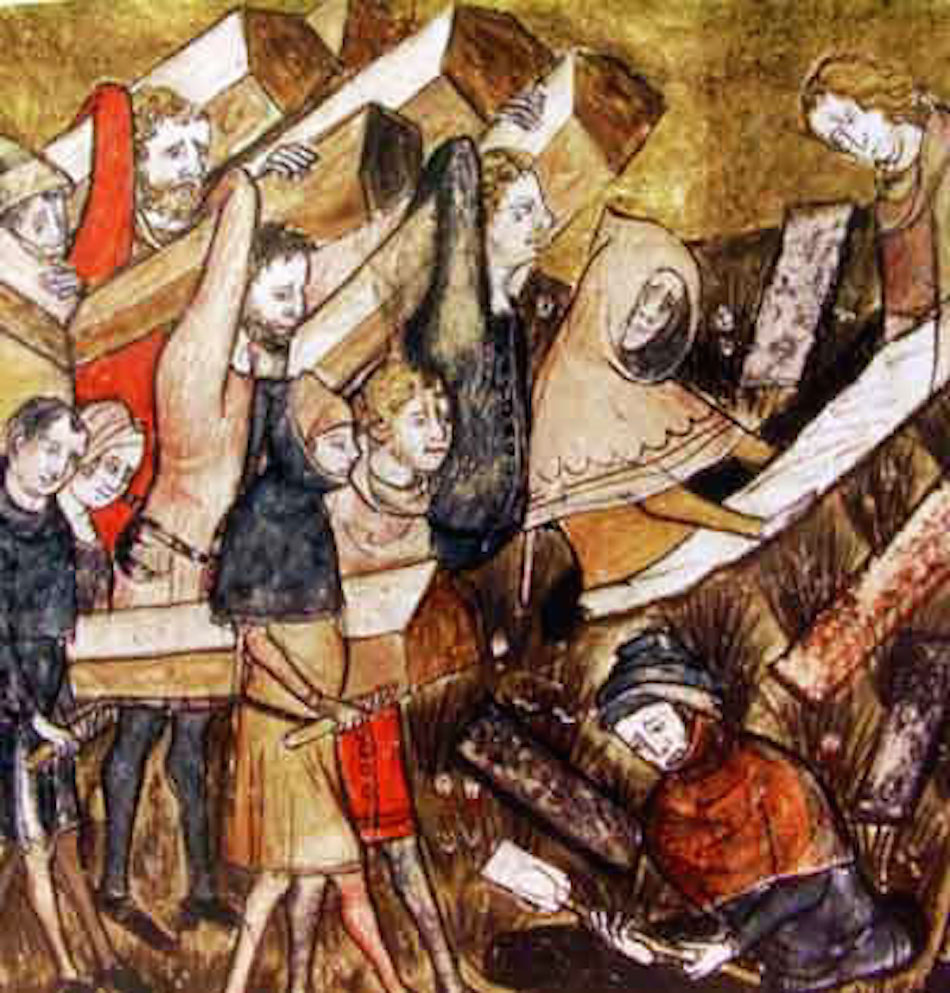
Writers at the time called it the "Great Mortality," or the "Great Plague." "Black Death" didn't come aroudn until about the 1350, three years before the plague came to an end. A Belgian astronomer, Simon de Covino, used the term in a poem that year.
2. More Than Half Of Siena Died
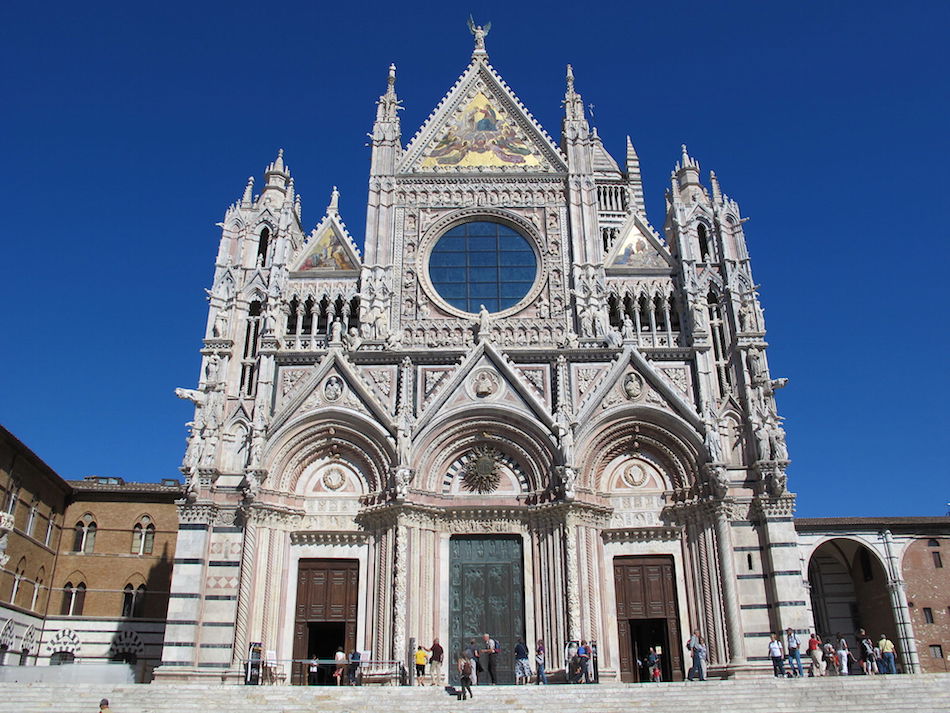
The loss in Siena, Italy was so catastrophic that the building of what would have been the biggest in the world was halted entirely and never completed. To this day the additions to the massive church remain unfinished.
3. Some Believe It Was Caused By Earthquakes Or The Planets

Either bad air released from earthquakes, or a very, very devious alignment of Saturn, Jupiter, and Mars in the 40th degree of Aquarius on March 30, 1345.
4. There Were Some Very Strange 'Cures'
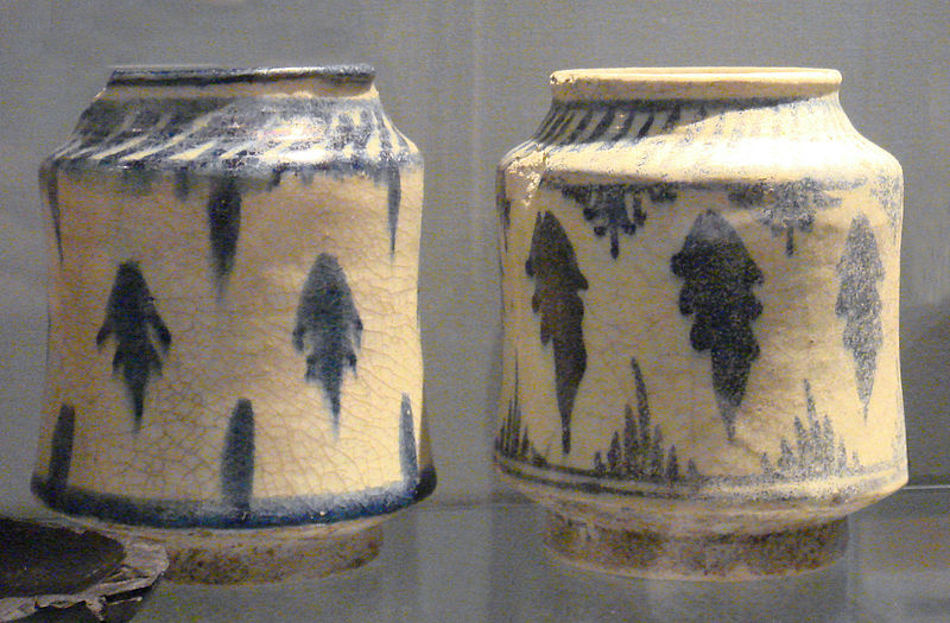
Soem believed that bad smells would drive the plague away, so they used feces, urine, and even farts stored in jars to try and cure it. Some folks kept goats and other animals with a strong stench in the home, too. These things, however, were much more likely to spread disease than stop it in its tracks.
5. People Bathed Less
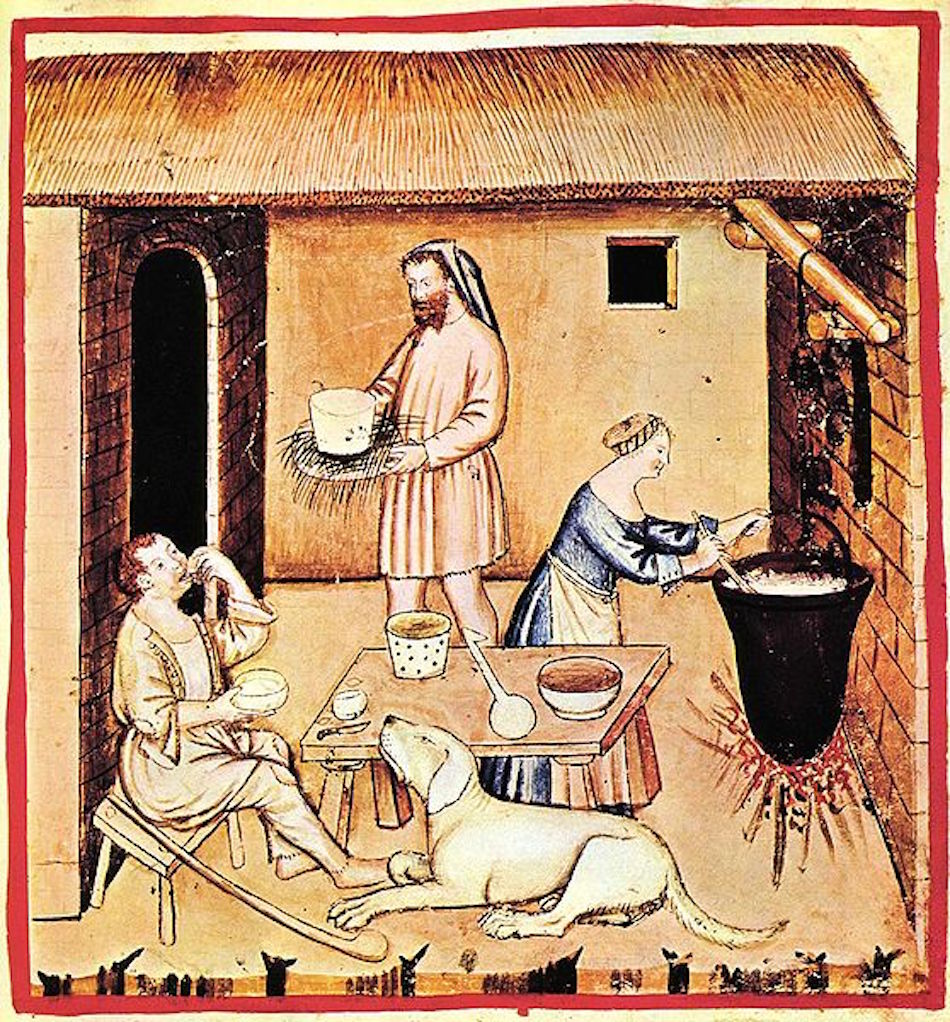
Bathing in medieval times was already not a super common thing, unless you were very wealthy. But during the plague, people bathed even less for fear that the water would open up their pores and make them more susceptible to disease. Of course, the accumulated filth made folks more susceptible.
6. 75 Million – 200 Million People Died

It's hard to tell exactly how many people died during the black death, but it could have been up to 2/3 of Europe's entire population.
7. The Plague Didn't Just Disappear
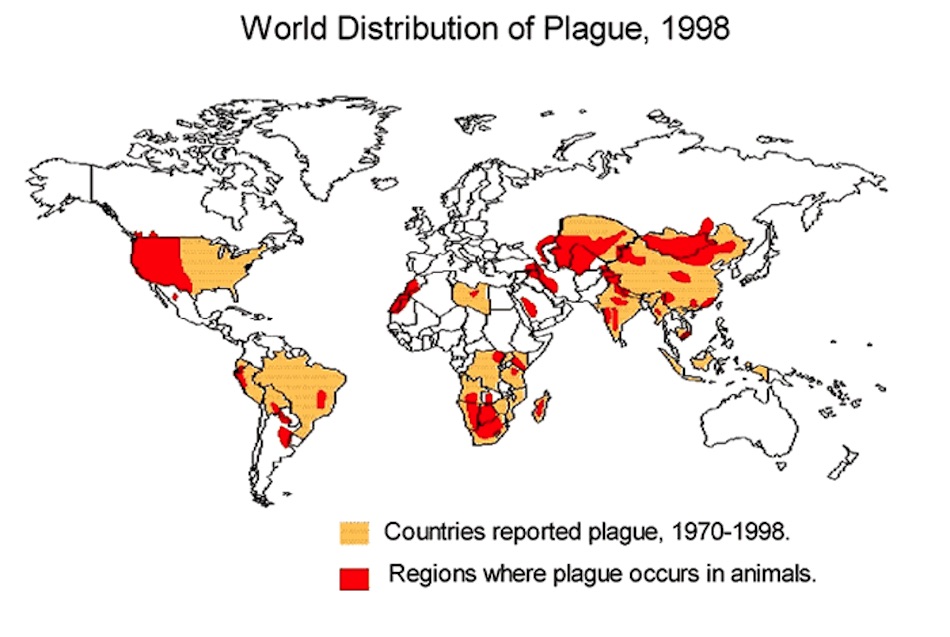
Resurgences of the same infection have occurred up through the 19th century, and the plague can still exist in some animals and in small outbreaks in humans. Now, though, there are antibiotics to treat the bacteria, and not since the original spreading of the plague has there been such an astronomically high death toll.
8. Nuns And Monks Were Likely To Die From The Plague

Because monasteries and nunneries were closed off spaces, and because monks and nuns tended to the sick, holy brothers and sisters were very likely to die of the plague. If one member got sick, then the rest probably would, too. There is one recorded case where one brother survived, along with his dog. The man's name was Gherardo, and he had to bury all 35 of his monks all by himself.
9. The Plague Turned A Burgeoning Art Resurgence Very Dark

Right when the plague started sweeping through Europe, the "Dark Ages" had just ended, and the people were ready to start making art and music again. However, once everyone started dying, so did the drive to create beautiful things. The focus of paintings and other art turned very grim during the time, one example being Hieronymus Bosch (detail from his Triptych of Temptation of St Anthony pictured above).
10. It Brought On The Protestant Reformation
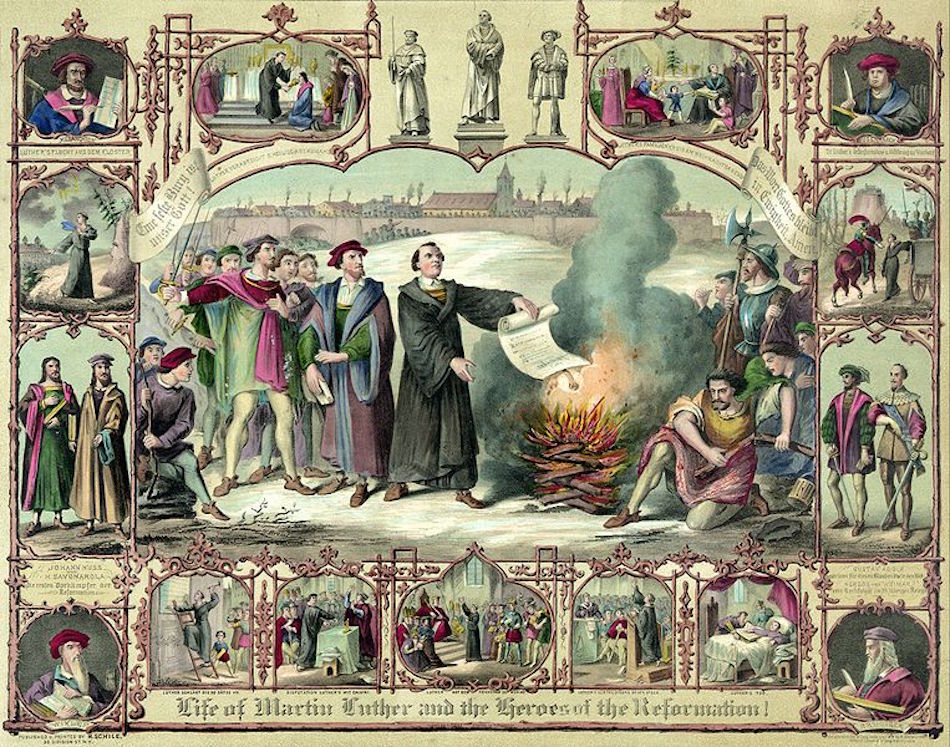
After the black death, all old rules were thrown out the window, essentially. Plus, a huge portion of the Catholic community had died from the plague. This set the tone for a religious reformation, and that's when large parts of Europe turned protestant.
Did you know these facts about the black death? Please SHARE with your fellow medieval history buffs!




